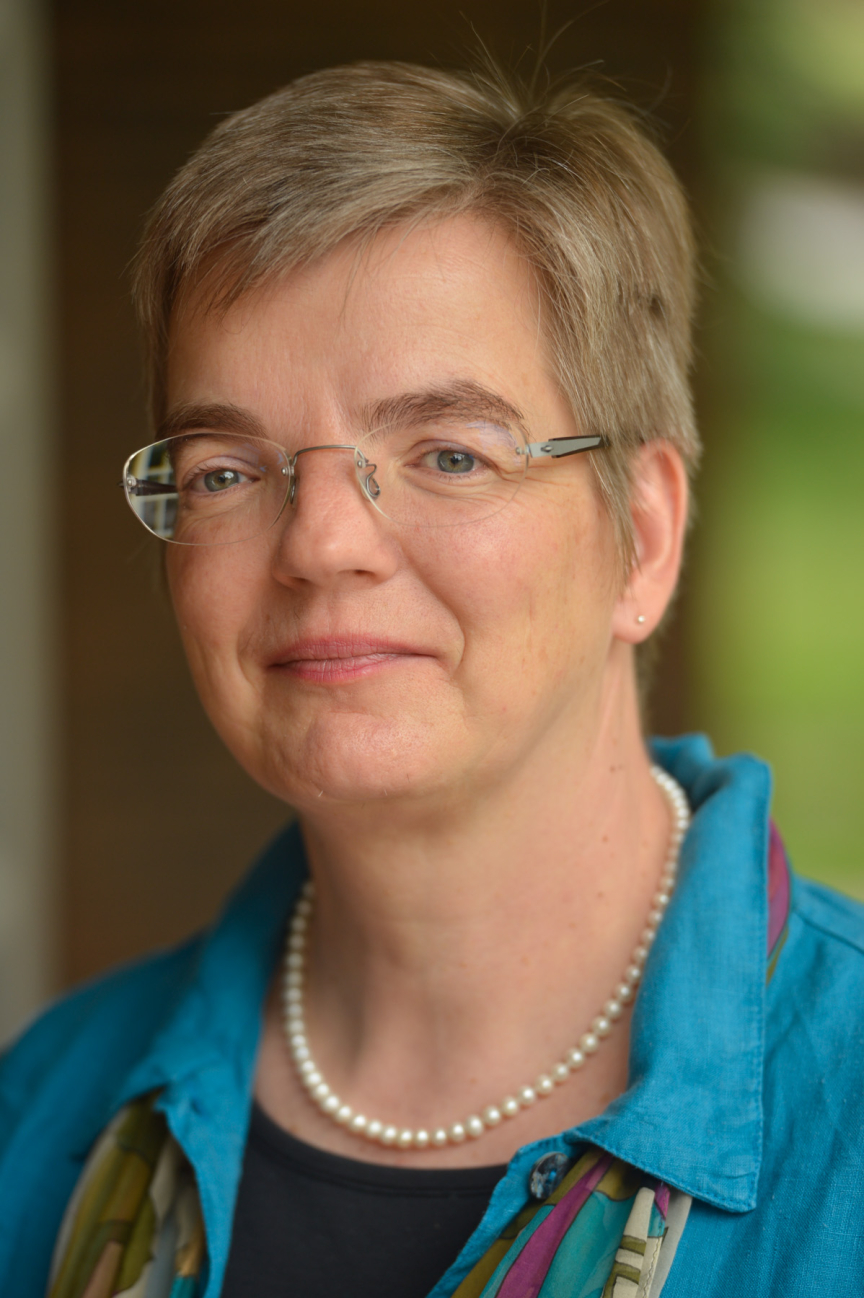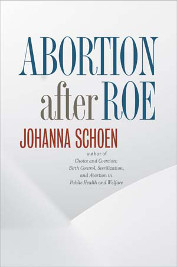Abortion After Roe v. Wade: The Ongoing Battle Over Reproductive Rights
In new book, Rutgers professor Johanna Schoen addresses important questions about changes in medical practice and politics in the four decades after legalization

More than a year of escalating agitation from anti-abortion groups toward Planned Parenthood came to a violent head last week when a gunman open-fired on 12 people, killing three, at a clinic in Colorado Springs.
Earlier this year, anti-abortion activists posted videos that purported to show officials from the nonprofit organization – which provides reproductive health services, including abortion – trying to profit illegally from the sale of of aborted fetal tissue. The videos were later shown to have been heavily and misleadingly edited. Planned Parenthood denied that the organization or its patients profited from the donation of fetal tissue. A congressional investigation found no wrong-doing. Yet, conservative lawmakers proposed de-funding the nonprofit organization, which receives support from the federal government and some state governments for reproductive health services other than abortion. The proposals to withdraw federal funds failed in Congress, but several states did end funding for Planned Parenthood.
Johanna Schoen, associate professor of history in the School of Arts and Sciences, sees the controversy over Planned Parenthood as the latest episode in the long-running battle over access to reproductive health in the United States – a battle she’s been studying since her graduate school days at the University of North Carolina. Her first book, Choice and Coercion: Birth Control, Sterilization and Abortion in Public Health and Welfare (University of North Carolina Press, 2005), was based on research which, when shared with journalists, resulted in an apology by North Carolina’s governor. North Carolina also became the first state to offer restitution to victims of state-ordered sterilizations carried out between 1929 and 1975. Her second book, Abortion after Roe (University of North Carolina Press, 2015), sheds light on the experience of performing and receiving abortions from the legalization of abortion in the 1970s to the rise of the anti-abortion movement in the 1980s, 1990s and beyond.
Rutgers Today asked Schoen to put the recent controversy in historical context.
How does the recent shooting in Colorado Springs fit into the history of abortion since Roe v. Wade?
The shooting is a domestic terrorist attack, one in a long line of such attacks against abortion providers and women’s health care institutions. It is also the unfortunate outcome of a months-long anti-abortion campaign against Planned Parenthood. The campaign ignited a new wave of violence against abortion providers: threats, arson, and protests against abortion clinics and Planned Parenthood in particular, culminating in the murder of three. Planned Parenthood of the Rocky Mountains, where Friday’s shootings happened, had been beset with almost daily protests.

This is not a new cycle. It follows a long-established link between inflammatory language surrounding the fetus and violence against abortion providers that dates back to the creation of an anti-abortion propaganda campaign in the 1980s, which cast fetuses as babies and people who performed abortions as murderers. In fact, abortion providers do not murder babies, because fetuses are not babies and do not have the developmental capacity to experience their own abortions. Most women who have abortions do not regret them, and the American Psychological Society in 2008 concluded that abortion does not result in negative mental health outcomes for women.
But this false propaganda has been used as a recruiting tool and incitement for violence – harassment of patients and staff, the bombing of abortion clinics, and, starting in the early 1990s, the murder of abortion providers and staff.
Your first book was about reproductive issues in general, for men and women. Your most recent book was focused on abortion. How did the first topic lead you to the second one?
While I was working on my first book, I met an abortion provider who wanted to donate his papers to an archive. He asked for my help and after surveying his papers, I decided to make his archival collection and others like it the center of my next research project. Archival collections documenting the history of legal abortion did not really exist in the early 2000s. I convinced a number of abortion providers to donate their professional papers to archives and began to interview them about their work. Working on the history of legal abortion was a logical topic after my first book, since it sharpened questions about women’s reproductive health care that I had written about earlier. I had always been interested in the interactions between physicians and patients. Researching legal abortion meant that I could try to understand how women and their physicians negotiated women’s most intimate and political health care needs.
You maintain that the anti-abortion movement has succeeded in stigmatizing abortion and the people who provide abortion services, and that this has created the political climate that allows state legislatures to pass laws that have the effect of sharply limiting a woman’s ability to get an abortion. Do you see any way for pro-choice advocates to reverse that stigmatization?
While there is no immediate solution to the stigmatization, women have begun to speak more publicly about their positive abortion experiences. And abortion providers and their supporters have begun to articulate why abortion care is moral work. Education and the ability to discuss the positive aspects of abortion publicly are crucial to our ability to remove the shame and stigma surrounding abortion care, correct the misconceptions about abortion, and offer women the opportunity to consider their reproductive choices without the misinformation and shame that currently prevail.
Media contact: Ken Branson, 848-932-0580, cell 908-797-2590, kbranson@ucm.rutgers.edu